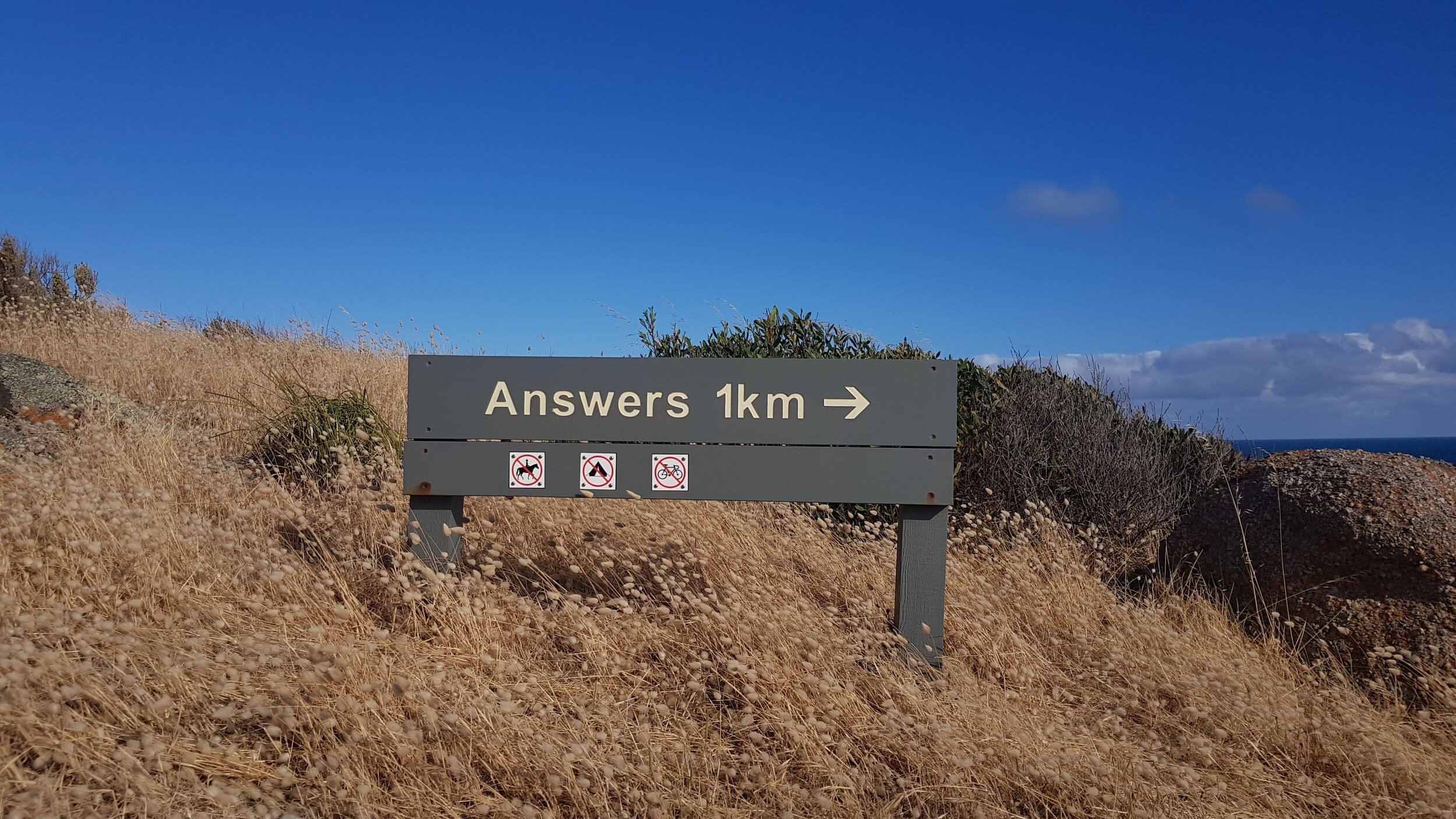Seminar 2 Sequences
In the previous topic we learned :
One speaker at a time, one turn after another, with speaker changer recurring
Speakers are highly adept at and highly attuned to these rules
We use verbal, syntactic, paralinguistic and embodied cues to manage turn-taking
Transcription allows us to pay close attention to the features of interaction that create intersubjectivity; and to share observations with others.
“‘It is possible that the detailed study of small phenomena may give an enormous understanding of the way humans do things and the kinds of objects they use to construct and order their affairs.’ ”
In this topic we will explore the following:
Turns at talk often occur in pairs, and when a first pair part is produced, a second pair part should follow (and is hearably absent if not produced)
Are all adjacency pair parts created equal? What clues are there in conversation about what’s happening next?
How do conversations begin? And how do you wrap it up? How do speakers manage to tell stories? Or jokes?
What sequences of interaction can you identify? (In the online workshop)
Following Sacks & Schegloff, Psathas (1995, p.18) explains that adjacency pairs are organised such that:
They are at least two turns in length.
They have (at least) two parts.
The first pair part is produced by one speaker.
The two parts are relatively ordered in that the first belongs to the class of
first pair parts, and the second to the class of second pair parts.The two are discriminatively related in that the pair type of which the first is a
member is relevant to the selection among second pair parts.The two parts are in a relation of conditional relevance such that the first
sets up what may occur as a second, and the second depends on what has
occurred as a first.
Conditional relevance
‘By the conditional relevance of one item on another we mean: given the first, the second is expectable; upon its occurrence it can be seen to be a second item to the first; upon its non-occurrence it can be seen to be officially absent – all this provided by the occurrence of the first item.’ (p.1083)
Shegloff, E.A. (1968) Sequencing in conversational openings. American Anthropologist, 70 (6), 1075-1095 (emphasis added).
“‘In contrast with a view of response relevance as binary and discrete—either conditional or not (Schegloff, 1968; Schegloff & Sacks, 1973)—we suggest that response relevance is best conceptualized as on a cline such that speakers can rely on turn design resources to increase the response relevance of a turn beyond the relevance inherent in the action performed.’ (p.4)
”
“‘For instance, although offers seem to generally prefer acceptances, they can also be built to prefer declines. An offer such as, “why don’t I come over and pick her up?” is built towards acceptance whereas one such as “do you want me to come and get her?” may not be.’ (p.81)
”
Preference organisation
In your group: What are the differences between the first two examples below and the third example? (Extracts from Pomerantz, A. & Heritage, J. (2012) Preference. In J. Sidnell, J. & T. Stivers, T. (eds.) The Handbook of Conversation Analysis (pp. 210-228). Chicester: Wiley-Blackwell.)
Sequences of action
Kendrick, K.H., Brown, P., Dingemanse, M., Floyd, S., Gipper, S., Hayano, K., Hoey, E., Hoymann, G., Manrique, E., Rossi, G. & Levinson, S.C. (2020). Sequence organization: A universal infrastructure for social action, Journal of Pragmatics, 168, 119-138
Here's an extract from Shegloff, E.A. (2007) Sequence organization in interaction: A primer in conversation analysis. Cambridge: Cambridge University Press.
"All adjacency pairs can take expansion. Most (though not all) expansions are themselves composed of adjacency pairs. The implication is that expansions can also be expanded. And this is indeed the case." (p. 109)
Stories as a particular type of sequence in talk-in-interaction
“story preface in which a teller projects a forthcoming story, a next turn in which a co-participant aligns himself as a story recipient, a next in which teller produces the story (a series of segments in which teller’s talk can alternate with recipient’s) and a next in which the story recipient talks by reference to the story. Further, the story preface can have consequences for the story’s reception, and thus a rather extended series of turns at talk can be seen as a coherent conversational unit.”
Openings and Closings
Heritage, J. (1997) Conversation analysis and institutional talk: analysing data", In Qualitative research: Theory, method and practice (David Silverman, ed.), London, Sage Publications, pp. 161-8
Thanks for your thoughtful contributions to the discussion in the seminar. In the online workshop you'll have the opportunity to identify actions and sequences from transcripts, and I look forward to seeing your understanding of these concepts!






















